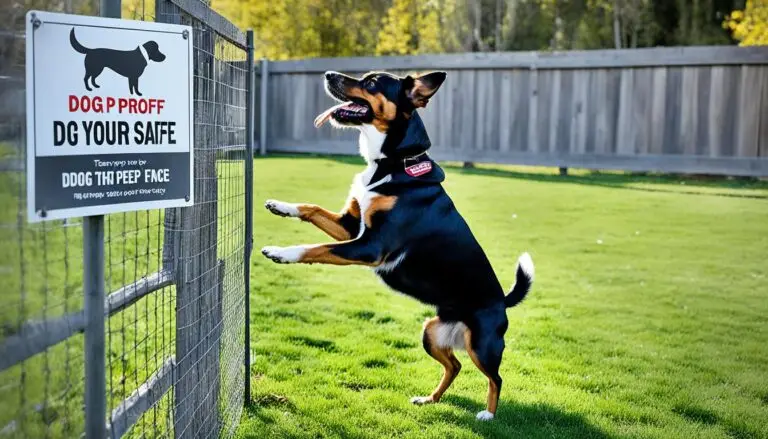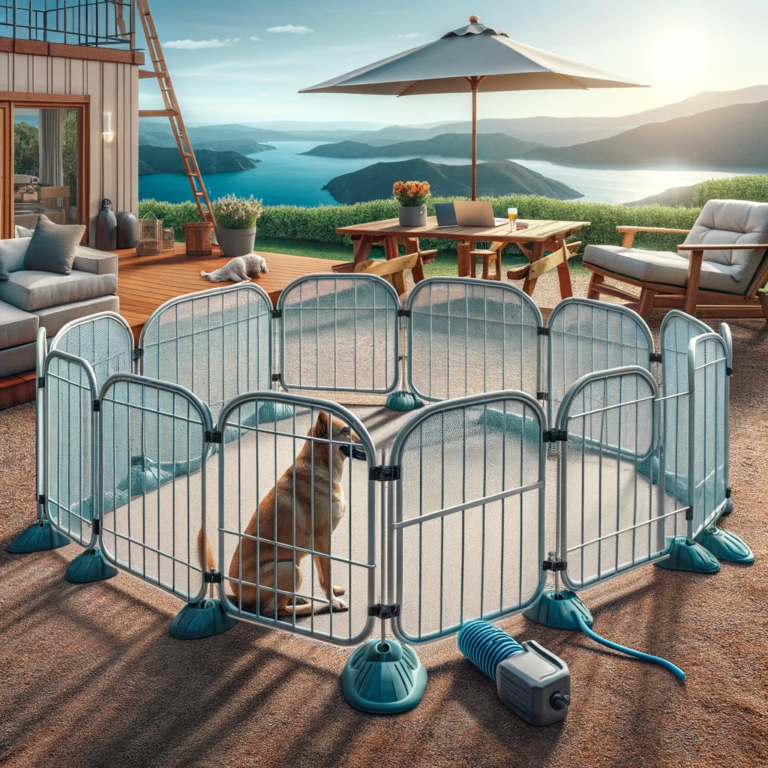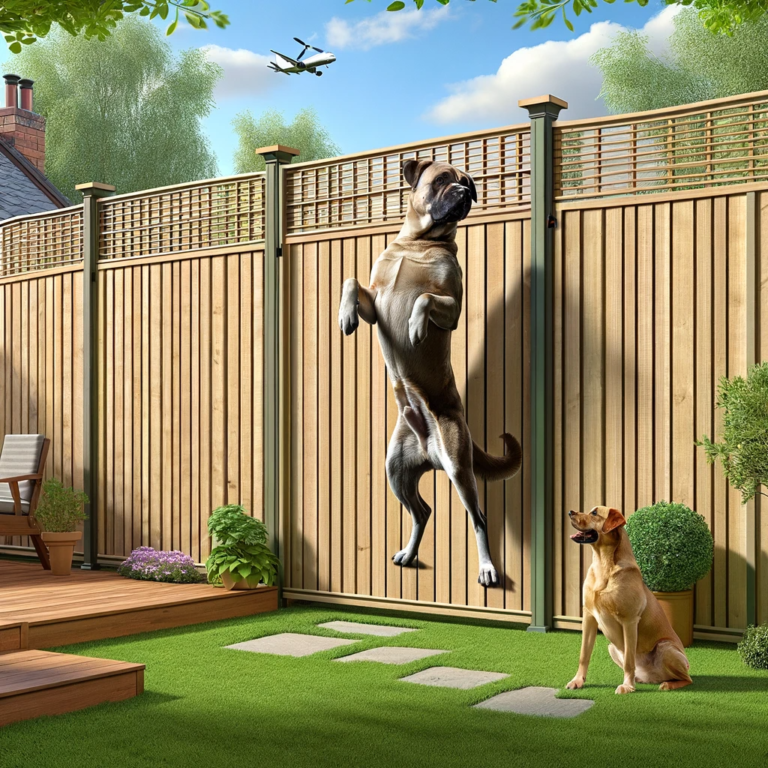How to Dog Proof Your Fence: A Comprehensive Guide
No Comments
Keeping your fence safe for pets is crucial. This guide will show you how to make your fence dog-proof. You’ll learn everything…
Functional Dog Fences Guide
No Comments
Keeping Dogs Safe with Functional Fences Introduction Setting the scene: the wild, untamed canine spirit. Imagine a world where dogs roam freely…
The 6 best Invisible Dog Fence Systems (2024 Guide)
No Comments
How to Make a Dog Fence Cheap: A Comprehensive Guide
No Comments
Cost-Effective Dog Fencing Solutions: A Detailed Guide Owning a dog is a rewarding experience, filled with joy and companionship. However, it comes…
The Comprehensive Guide to Portable Dog Fencing
No Comments
Adventure Awaits for You and Your Pooch The bond between dogs and their owners is unparalleled, especially when it comes to sharing…
Guide to Outdoor Dog Fences for Large Dogs with Gates
No Comments
Securing Giants: The Comprehensive Guide to Outdoor Dog Fences for Large Dogs with Gates Welcome to the world where your gentle…







